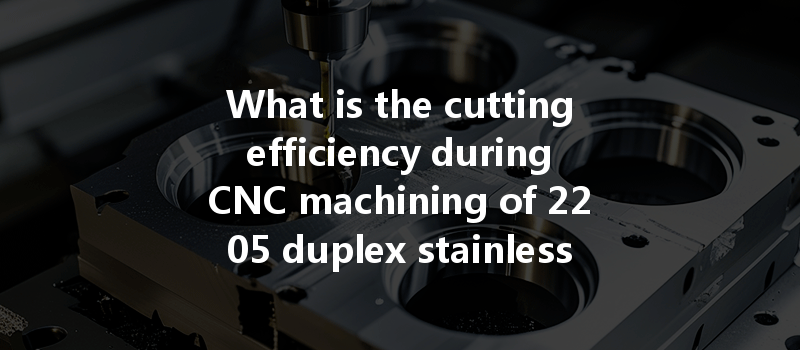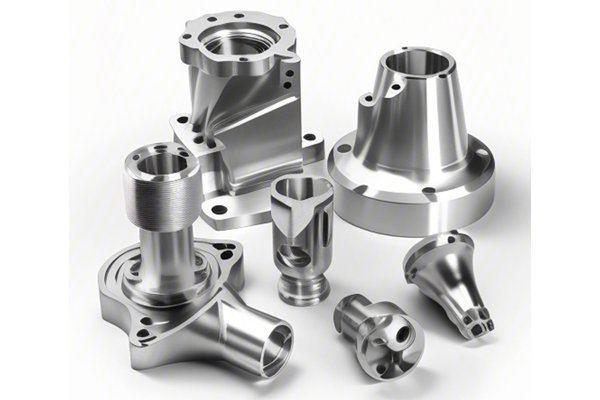: The Fascinating World of CNC Machining
Did you know that the global CNC machining market size is expected to surpass $100 billion by 2025? With advancements in technology driving innovation, CNC machining has revolutionized the manufacturing landscape across various industries. One of the most challenging yet rewarding materials to work with is 2205 duplex stainless steel, known for its remarkable strength and critical applications in oil and gas, chemical processing, and marine environments. But what makes the cutting efficiency during CNC machining of this robust material so essential? Let’s dive deep into the intricate dynamics of cutting efficiency, examining techniques to optimize machining processes effectively.
—
Understanding 2205 Duplex Stainless Steel
2205 duplex stainless steel is a nitrogen-enhanced, ferritic-austenitic alloy that possesses a unique combination of corrosion resistance, high strength, and excellent weldability. Interestingly, its mechanical properties make it twice as strong as standard austenitic stainless steels like 304 and
Composition and Mechanical Properties
To appreciate the cutting efficiency, it’s vital to understand the chemical composition:
This unique blend ensures high resistance to pitting and stress corrosion cracking, crucial when machining in saline or acidic environments.
Importance of Cutting Efficiency in CNC Machining
Cutting efficiency during CNC machining not only affects production time but also plays a significant role in material waste, tool life, and overall operational costs. Higher cutting efficiency leads to faster processing times, reduced tool wear, and improved surface finish quality.
Key Performance Indicators (KPIs)
Strategies to Optimize Cutting Efficiency of 2205 Duplex Stainless Steel
The right cutting tool can dramatically affect overall efficiency. Consider using:
Choosing the Right Geometry

Proper setup of cutting parameters such as speed, feed rate, and depth of cut can enhance performance.
Calculating Optimal Depth of Cut
A depth of cut between 0.5 mm to 2.5 mm is typically advisable, but experimentation can determine the most effective settings for specific tasks.
Chip formation directly impacts machining efficiency. 2205 stainless steel tends to create built-up edges, leading to poor surface finishes and increased tool wear.
Selecting the appropriate cooling solution is pivotal. Water-soluble coolants can provide excellent cooling but may not effectively reduce friction. On the other hand, oil-based coolants can enhance lubrication, albeit with a risk of thermal shock and tool wear.
Automation plays an increasingly significant role in modern manufacturing. Advancements such as adaptive machining systems allow for adjustments in real-time based on parameters such as tool wear or cutting forces.
Measuring and Evaluating Cutting Efficiency
Establishing a method of tracking and measuring cutting efficiency is essential in refining processes. Use the following approaches:
Troubleshooting Common Machining Issues
Despite optimal setups, issues can still arise. Here are some potential troubleshooting methods:
: The Path to Enhanced Efficiency
Cutting efficiency during CNC machining of 2205 duplex stainless steel is not merely a technical detail—it’s a core element that influences manufacturing efficiency and cost-effectiveness. From selecting the right tools and parameters to employing advanced technologies and data analytics, each aspect plays a crucial role in ensuring optimal performance.
Understanding how to tackle the complexities of machining 2205 requires a blend of knowledge, skill, and adaptive innovation. As industries continue to embrace the potential of CNC technologies, mastering these techniques will position your operations at the forefront of excellence.
Remember, investing time to refine your understanding of cutting efficiency isn’t just about immediate gains; it lays the groundwork for future advancements in your manufacturing capabilities. Embrace this journey towards optimization—because the efficiency you cultivate today paves the way for sustained success tomorrow.
Related Posts
- How can manufacturers ensure the accuracy of part positioning in CNC processing for optimal outcomes?
- Aluminum CNC Machining: Analysis of the Advantages and Disadvantages of Different Types of Aluminum Materials
- What is the processing efficiency of 7075 aluminum CNC machining compared to ABS plastic CNC machining?






